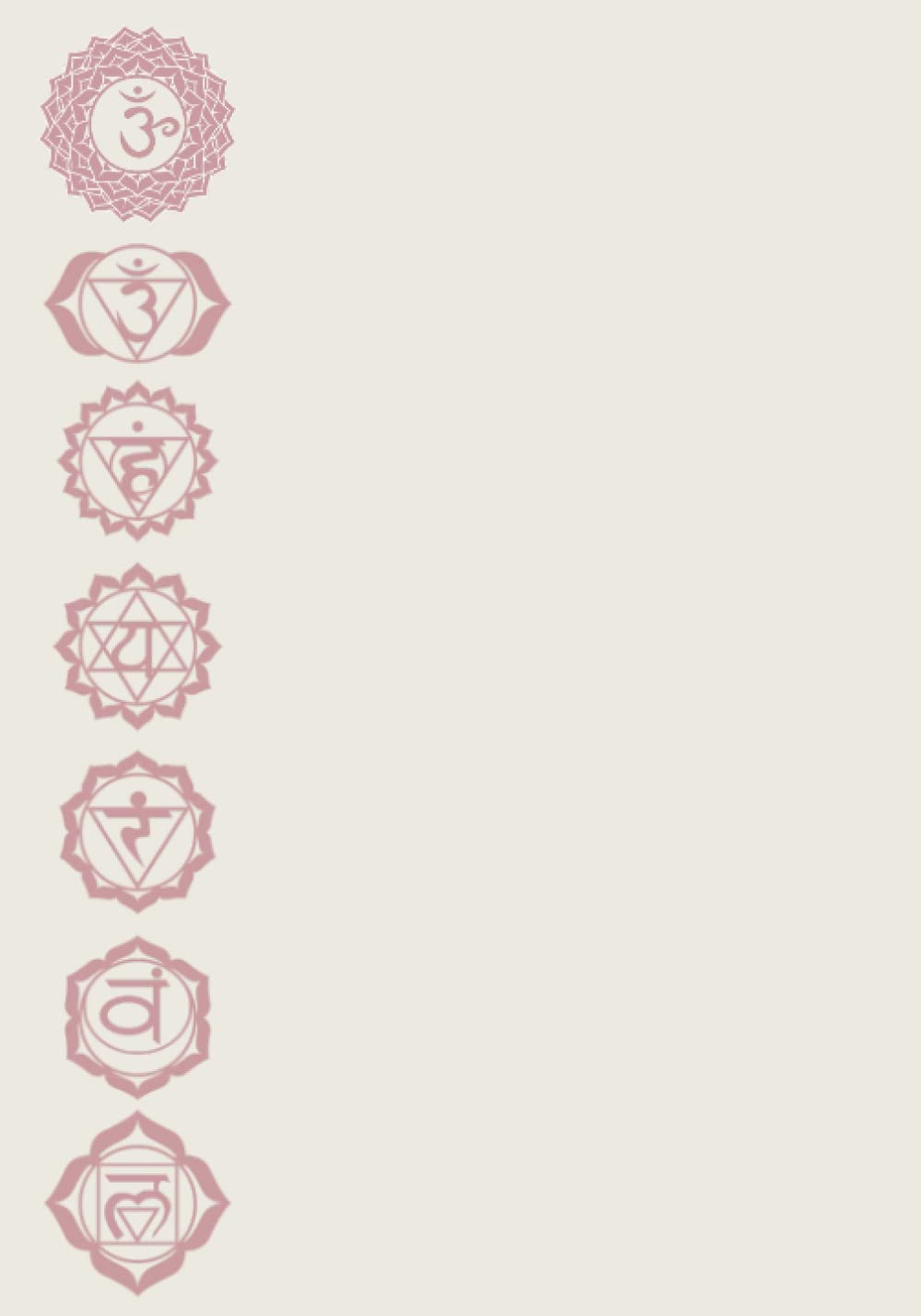Yoga Sequencing Journals
Hello, hello! Alysia here or aka ace yogi! I don’t know about you but I have always been one who writes down every yoga class I’ve ever taught in a notebook. From the beginning of time, I’ve called it my Yoga Archive and if I ever don’t have time to plan a new class well to the Yoga Archive I go! I’ve created these journals that I hope you’ll love as much as I do! They are not only a collection of your hard work but they offer sequence outlines to help prep and brainstorm your class! There is a unique journal for Yin, Restorative, and Vinyasa Yoga. These sequencing journals are designed to help you organize and save every class you teach in an easy to find spot. I love being able to go back to the beginning of my teaching journey and see how far I’ve come and how my teaching has evolved, and I know you will too! These tools are for every Yoga teacher, from those that are just starting to seasoned teachers. You will find them helpful to lesson plan your classes and keep each class unique.
So let’s talk about each journal. Each journal is 7×10” dimensions and the perfect size to fit in your bag but large enough to have space to write. Each journal starts with my definition of each style of Yoga with who this journal belongs.
The Vinyasa Journal

- 106 pages:
- 5 detailed descriptions of unique vinyasa flow structures to follow
- 4 different sequence outlines to follow
- 50 templates with a small class prep
- Section and the rest open lined paper for your class magic!
- Date and sequence number
- Class prep such as props, theme, and peak
- Sequence type
- Pose list categories with suggested hold times
- Lines notebook style are writing space. Front and back.
The Yin Journal

- 75 fill in the blank outlines
- Date and sequence number
- Class prep such as props and theme
- A chart to add time per pose
- Pose list with suggested hold times
- Extra space for additional notes
The Restorative Journal

- 75 fill in the blank outlines
- Date and sequence number
- Class prep such as props, theme, mudras, mantras
- A chart to add time per pose
- Pose list categories with suggested hold times
- Extra space for additional notes
Grab yours today on Amazon and start recording your own magic!
With love and light, Alysia ❤️

